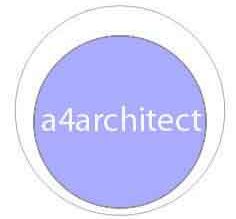Investing in Real estate in Kenya is mainly in the below options.
- Buy land then sell after a few years.
- Buy land then build property for sale or rent.
- Get together with other like minded investors and invest in a R.E.I.T or Joint Venture.
Easy access to Professional consultancy services.
Out of the 3, pooling resources together in a Real Estate Investment Trust or a Joint Venture is the best. The investor gets to benefit from input from professionals such as architects, quantity surveyors, structural engineers etc without the hurdles of having to physically deal with them as in the case of buying land then developing.
The investor also benefits from shared risk where property and conveyancing lawyers , land surveyors and land valuers have advised on the conveyancing process , ensuring the land is clean and without any encumbrance, ready for development.
Shared risks.
The risk of an investment that has been capital intensive e.g high rise flats which did not have proper feasibility studies done, hence low occupancy rates is also greatly reduced in the Joint Venture option.
Avoidance of bank loans.
With the joint venture option, the pooling of resources from like minded investors can help to reduce the capital required from borrowing from banks significantly, hence an easier and cost effective source of development financing.
Example of investment with kes 10 million capital.
Assuming a capital investment of kes10 million, this can be sourced from 1 person with 10 million savings or 10 people each with 1 million kes savings. The kes 10 million can be invested into an existing land to construct rental or sale bedsitters such as this investment here https://www.a4architect.com/buy-a-hotel-room-along-the-southern-bypass/. The investors can then agree to share the rental income based on the capital injected by each member, which will translate to the value on the limited liability company shares held. This way, the investors with kes10 million will be saved from the hurdle of buying land, hiring architects, quantity surveyors and structural engineers and the kes 10 million will all go into actual construction, compared to a situation where at least 1/3 of this would have gone into purchasing land for construction.
Architect Francis Gichuhi kamau.


Leave a Reply